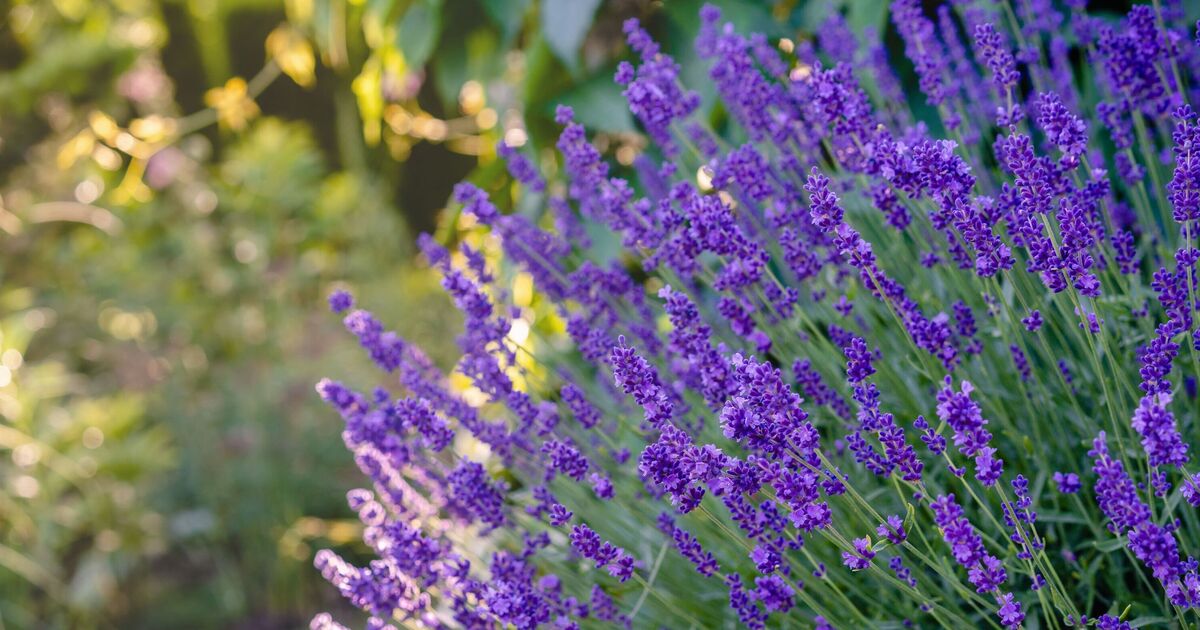Lavender is a popular, fragrant perennial with grey-green foliage, upright flower spikes, and a compact shrub growth habit that reaches about three feet.
Flowers usually bloom in summer and have a signature scent that is somewhat spicy but also calming.
While water, light and soil conditions are important to these plants, there is one other care task to take note of – pruning.
Pruning lavender is recommended to keep your plant well-shaped and to encourage new growth.
Gardener and director of Kate Hill Flowers with nearly three decades of experience, Kate Hill, has claimed that the best time to prune lavender is typically in late August and September when the plant is done flowering.
To achieve the best results, the expert said: “I recommend cutting your lavender plants to about one-third of their height, pruning just above the woody stems.
“This encourages bushier growth and enhances air circulation, reducing the risk of disease.”
To prune them, horticulturalist, landscape architect and the founder of Yardwork Michael Clarke recommends using pruning shears to remove all of the flower stalks just down to the section where the leaves of the plant start.
He urged: “It’s best not to cut deeper into the woody section of the plant, but only to remove the older stalks.
“This will encourage new growth and flower production on the plant for the next season.”
Pruning at this time will also “revitalise the plant, promote a second flush of blooms, and ensure healthy foliage” for the upcoming seasons, claimed Kate.
However, gardeners need to remember that careful pruning “enhances the longevity and aesthetics of lavender, allowing owners to enjoy its fragrance and beauty for years to come”.
If you don’t prune lavender, the plant will quickly become leggy and woody, and won’t be able to hold its own weight very well.
This means the stems will flop over when heavy with flowers, causing the plant to spread out and exposing more of the old wood in the plant.












